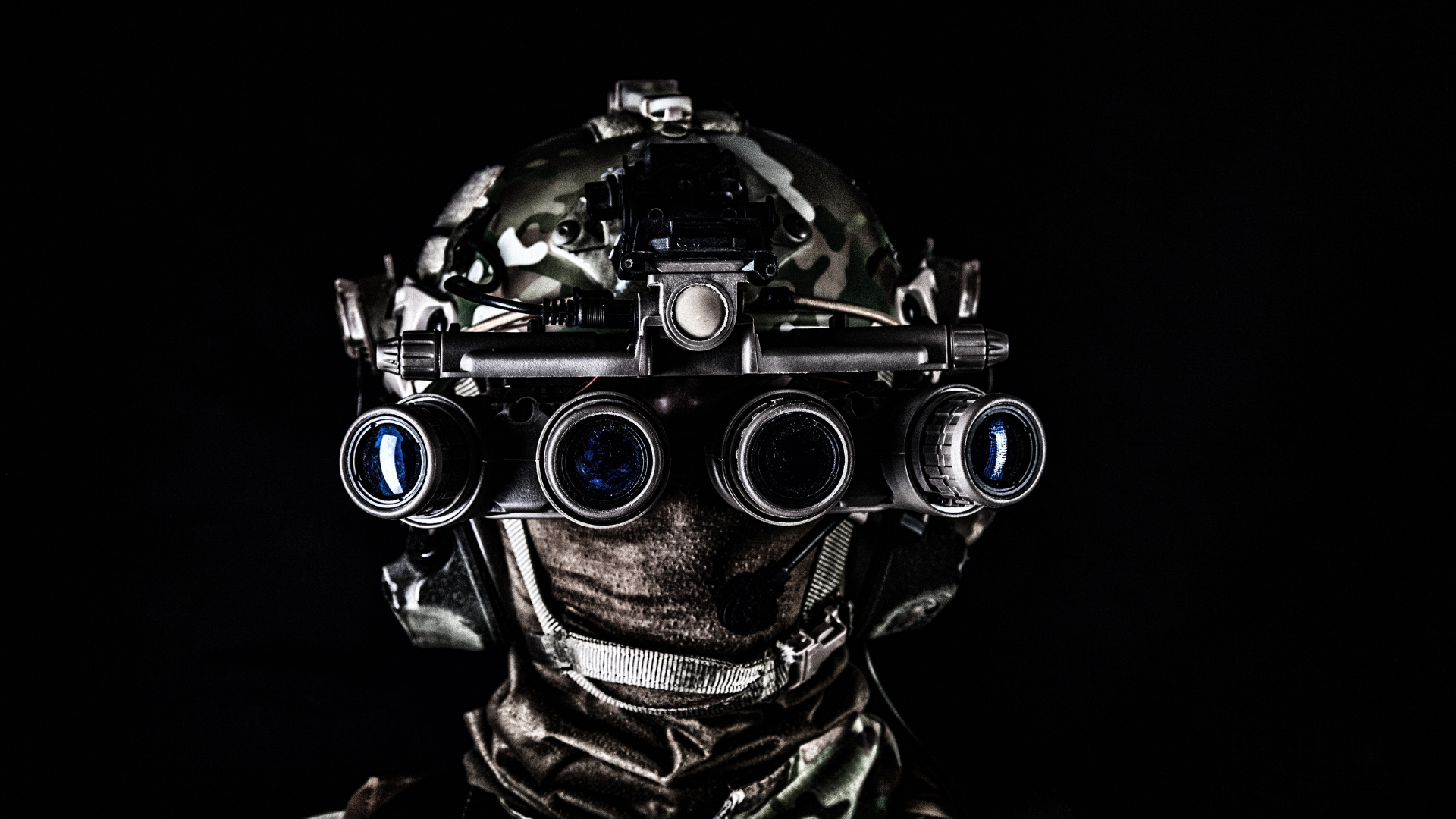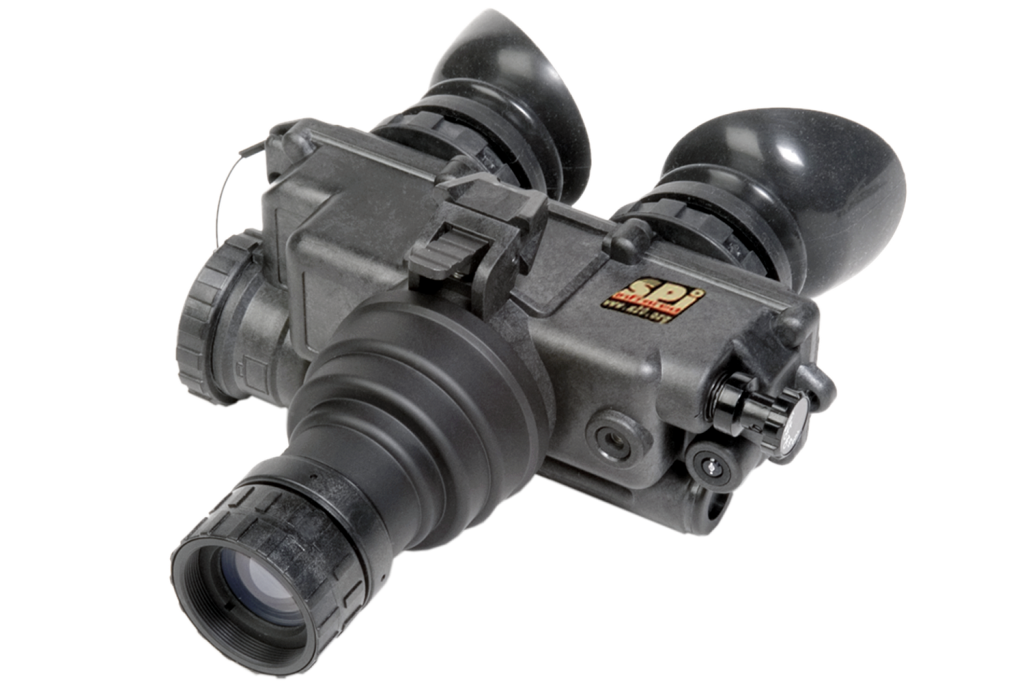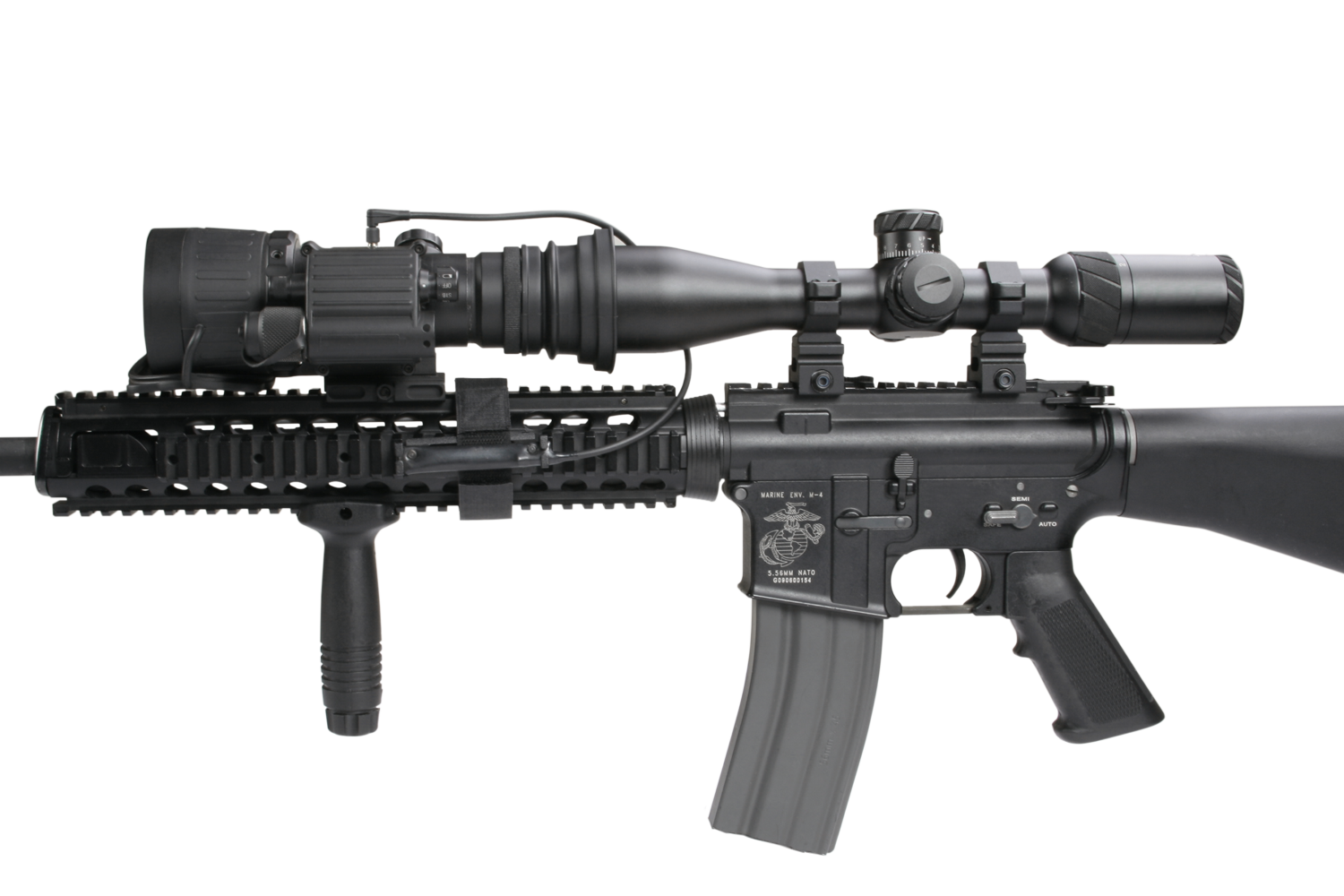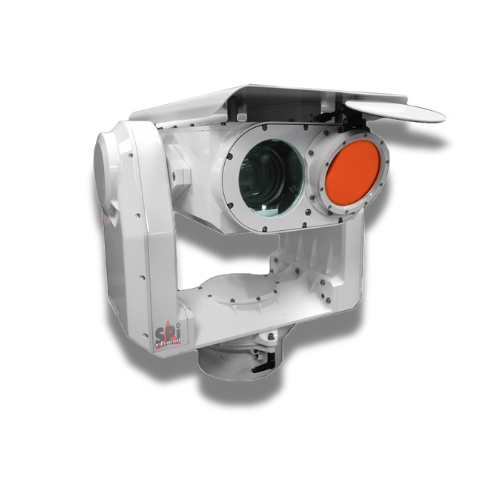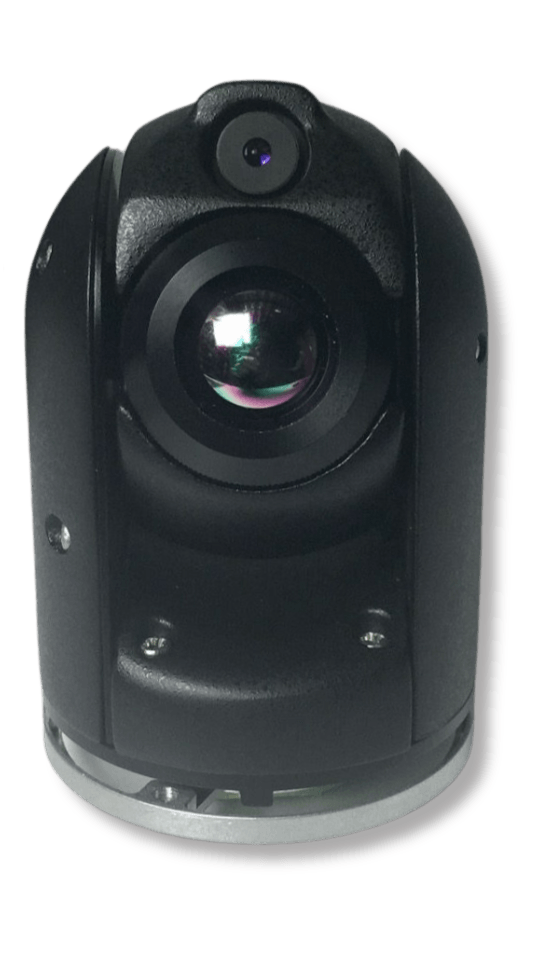An Introduction to the Invisible
Venturing Beyond the Visible Spectrum


In a world where discerning the unseen can be the fine line between safety and danger, technological tools that extend the human perception are essential. Today, these tools aren’t just restricted to military and law enforcement operations, but they’re utilized for wildlife observation, search and rescue missions, and even recreational activities such as camping or hiking. Two key players in this realm are thermal imaging and night vision. Despite apparent similarities, they function differently, and each comes with a unique set of pros and cons. Let’s explore these two technologies in depth.
The Science Behind the Technology
How Thermal Imaging and Night Vision Work
Night Vision Technology
Night vision works by amplifying available light to create an image that’s more easily seen by the human eye. This technology uses a specialized device called an image intensifier tube. This tube performs the magic of turning a virtually dark scene into a bright, clear image.
Here’s a more detailed explanation of how it works:
- Photons (light particles) enter the night vision device through the objective lens.
- These photons then strike a surface coated with a photo-emissive compound (inside the image intensifier tube) which converts photons into electrons.
- These electrons are then amplified by a high voltage electric field (around 5,000 volts) and redirected towards a phosphor screen.
- As the electrons strike the phosphor screen, they create flashes of light which produce the greenish glow we associate with night vision devices.
A real-world example of night vision in use is the military. Soldiers use night vision goggles for navigation, target acquisition, and situational awareness during night-time operations. Additionally, night vision scopes are widely used by hunters and wildlife enthusiasts for spotting animals in low light conditions.
Unraveling the Intricacies of Thermal Imaging
Thermal imaging, on the other hand, does not depend on light but heat emitted by objects. This technology detects the infrared radiation, which is directly linked to the temperature of an object. All objects emit some degree of infrared radiation, and the hotter an object, the more radiation it emits.
Here’s how a thermal imaging device works:
- Infrared radiation emitted by objects in the field of view enters the device.
- This radiation is focused onto an infrared detector array by a specialized lens.
- The detector array sends the information to sensor electronics for image processing.
- A detailed temperature pattern called a thermogram is created from the multiple temperature readings.
- The thermogram is then converted into electrical impulses.
- The impulses are sent to a signal-processing unit, a circuit board with a dedicated chip that translates the information into data for the display.
- The signal-processing unit sends the information to the display, where it appears as various colors depending on the intensity of the infrared emission.
A real-world application of thermal imaging is firefighting. Firefighters use thermal imaging cameras to see through smoke and identify hotspots in fires. This information is crucial for assessing the situation and planning the best course of action. It’s also used in building inspection to identify heat leaks, areas of poor insulation, and other structural issues that might not be visible to the naked eye.
Comparing Thermal Imaging and Night Vision
Spotlight on the Main Differences
- Light Dependence: Night vision devices require a certain amount of light to operate effectively. They are less efficient in environments devoid of ambient light. Thermal imaging, on the contrary, doesn’t rely on any light source. It can function equally well in complete darkness as it senses heat rather than light.
- Performance in Adverse Conditions: Thermal imaging can penetrate obscurants like smoke, fog, and light foliage, which typically challenge night vision devices. However, thermal devices struggle to differentiate objects with similar temperatures.
- Living vs Non-Living: Night vision amplifies available light from all objects, making it difficult to distinguish between living and nonliving entities. Thermal imaging, in contrast, is excellent at highlighting living things, as they generally emit more heat than their surroundings.
- Image Quality: Night vision devices usually offer higher resolution images compared to thermal imaging devices. Night vision provides detailed images resembling a grayscale photograph, while thermal images often lack fine detail, providing a more ‘blob-like’ view of the world.
- Cost: Thermal imaging devices are generally more expensive than night vision devices, owing to their complex infrared sensors and the advanced technology employed.
Conclusion: Thermal Imaging vs. Night Vision
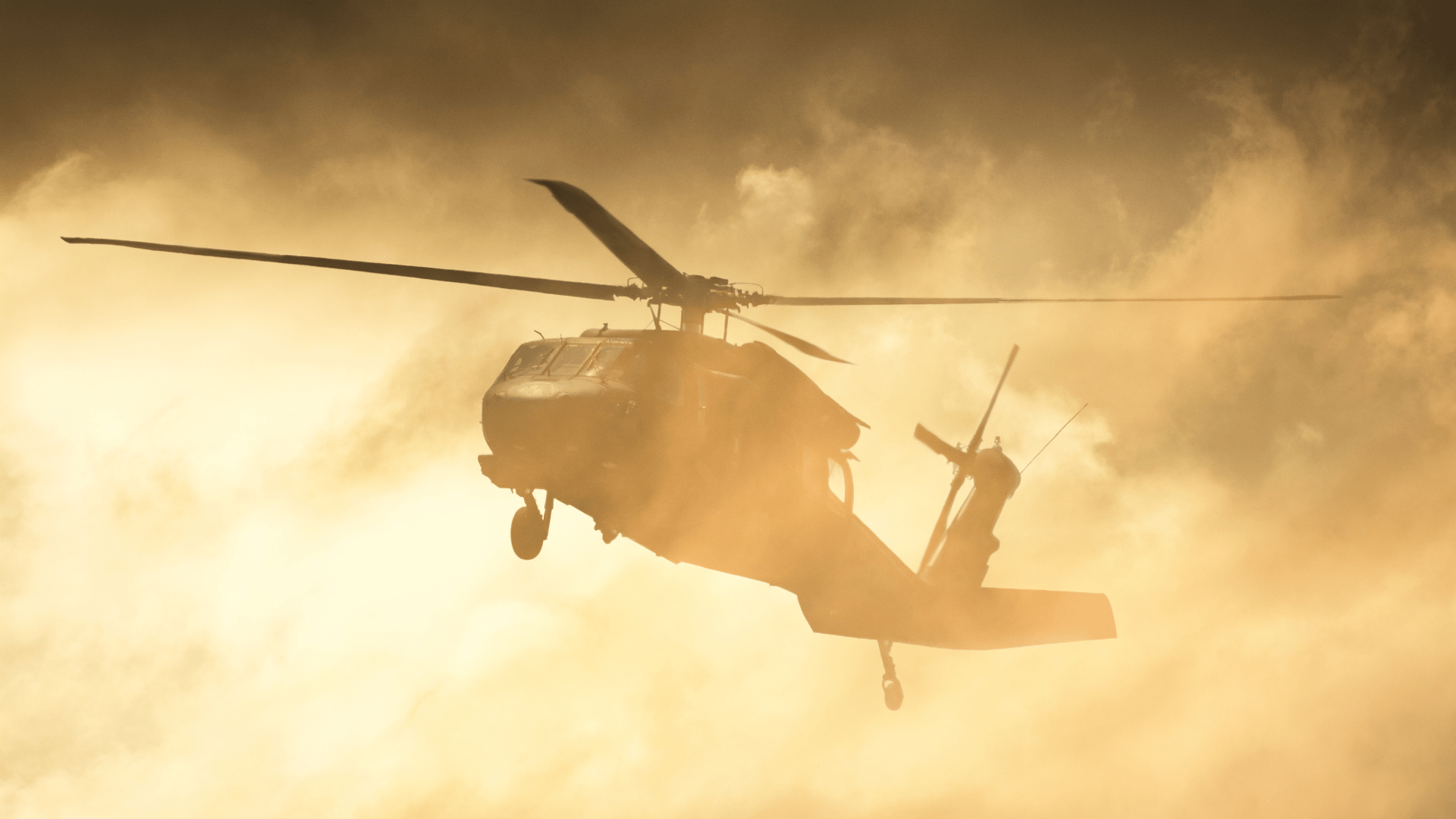
Choosing the Right Tool for the Right Task
To sum it up, while both thermal imaging and night vision are powerful tools, they serve different purposes and are best suited to varied tasks. Night vision is ideal when you need to see details and have some light available. In contrast, thermal imaging is perfect for detecting living things in complete darkness or adverse conditions.
By understanding these differences, you can make a decision based on your specific needs and the environmental conditions you’ll be navigating. After all, technology merely enhances our natural abilities, and the real magic lies in choosing the right tool for the task at hand.
